Home>Gardening & Outdoor>Pool & Spa Care>How To Keep A Hot Tub Clean
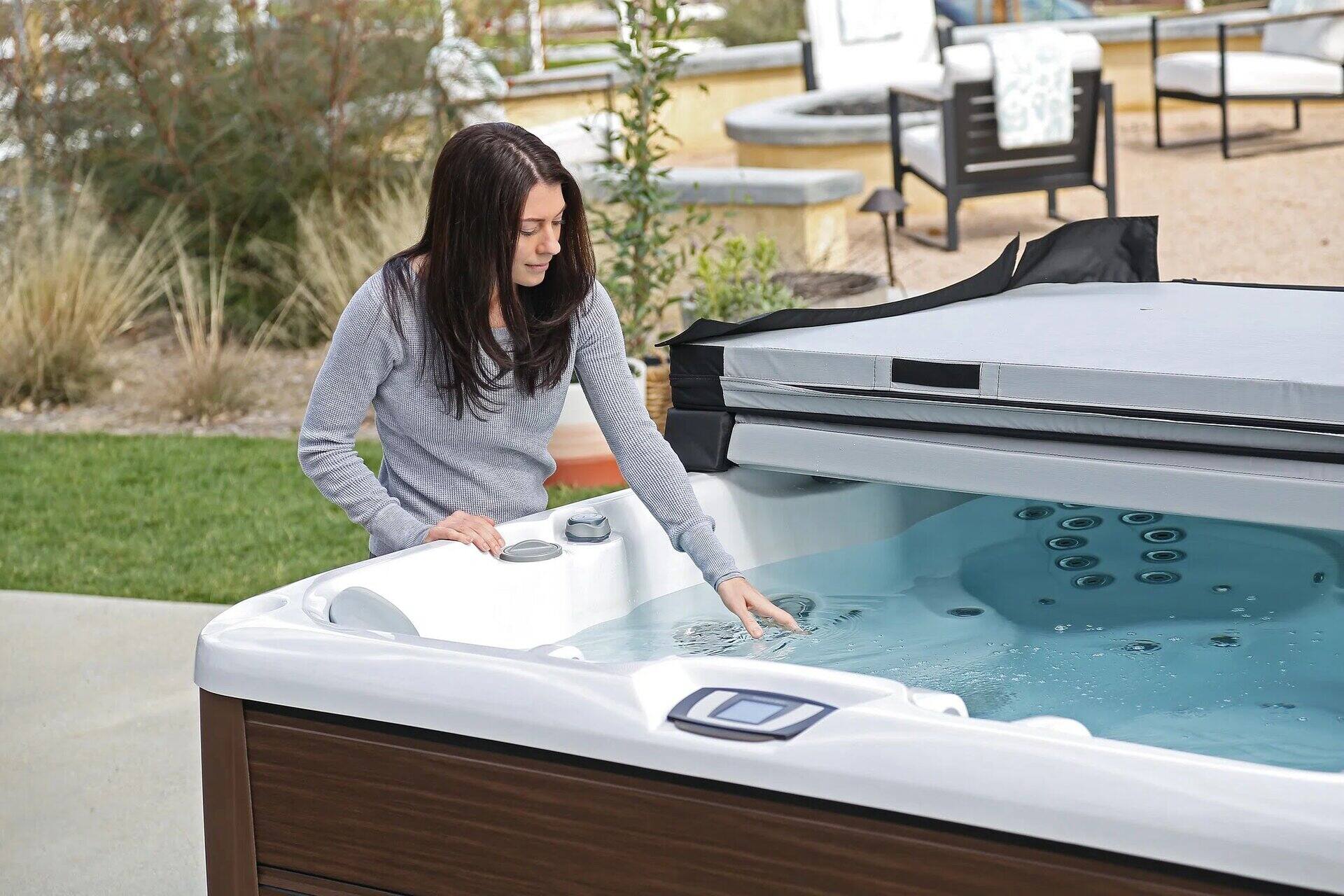

Pool & Spa Care
How To Keep A Hot Tub Clean
Modified: January 21, 2024
Learn the best tips for maintaining a clean and hygienic hot tub with our expert pool and spa care guide. Keep your hot tub in top condition with our easy-to-follow cleaning tips.
(Many of the links in this article redirect to a specific reviewed product. Your purchase of these products through affiliate links helps to generate commission for Storables.com, at no extra cost. Learn more)
Introduction
Welcome to the wonderful world of hot tubs! Whether you’ve just purchased your first spa or you’re a seasoned hot tub enthusiast, one thing is for certain: keeping your hot tub clean is essential for both its longevity and your enjoyment. In this comprehensive guide, we’ll explore the importance of maintaining a clean hot tub, daily and weekly maintenance tips, the use of chemicals for cleaning, troubleshooting common issues, and more.
So, sit back, relax, and let’s dive into the art of hot tub maintenance. By the end of this article, you’ll be equipped with the knowledge and confidence to keep your hot tub sparkling clean and ready for endless hours of relaxation and rejuvenation.
Key Takeaways:
- Regular hot tub maintenance is crucial for hygiene, longevity, water quality, comfort, and cost-effectiveness, ensuring a clean and inviting spa environment for endless relaxation and enjoyment.
- Daily skimming, water level checks, filter cleaning, and weekly water testing and shock treatments are essential for maintaining a clean and functional hot tub, while responsible chemical use and proactive troubleshooting help address common issues and ensure a pristine oasis of relaxation.
Read more: How To Keep Hot Tub Hot In Winter
Importance of Keeping a Hot Tub Clean
Maintaining a clean hot tub is not just about aesthetics; it’s a crucial aspect of responsible hot tub ownership. Here’s why keeping your hot tub clean is of utmost importance:
- Hygiene: Regular cleaning and maintenance help prevent the buildup of bacteria, algae, and other microorganisms that thrive in warm water. By keeping your hot tub clean, you create a hygienic environment for you and your guests to enjoy.
- Longevity: Proper cleaning and maintenance can significantly extend the lifespan of your hot tub. By preventing the accumulation of debris, minerals, and contaminants, you reduce the risk of damage to the hot tub’s components, such as the pump, filter, and heater.
- Water Quality: Clean water is essential for a pleasant hot tub experience. Regular maintenance, including water testing and chemical balancing, ensures that the water remains clear, odor-free, and safe for soaking.
- Comfort: A clean hot tub is more inviting and comfortable. It allows you to fully enjoy the therapeutic benefits of soaking in warm, soothing water without concerns about cleanliness or water quality.
- Cost-Effectiveness: Proactive maintenance and cleanliness can help you avoid costly repairs and replacements. By staying on top of cleaning and upkeep, you can minimize the risk of issues that may require professional intervention.
By understanding the importance of keeping your hot tub clean, you can prioritize regular maintenance and enjoy a pristine and inviting spa environment.
Daily Maintenance Tips
While hot tub maintenance involves regular routines, daily upkeep is relatively simple and plays a significant role in preserving water quality and the overall condition of your spa. Here are some essential daily maintenance tips:
- Skim the Surface: Use a skimmer or fine mesh net to remove any leaves, insects, or debris that may have accumulated on the water’s surface. This quick task helps prevent organic matter from sinking to the bottom of the tub.
- Check the Water Level: Ensure that the water level is within the recommended range. If it’s low, use a garden hose to add water to the hot tub, maintaining the optimal level for proper functioning.
- Inspect the Cover: Examine the hot tub cover for any signs of damage, and ensure that it fits snugly to prevent debris from entering the water. Wiping down the cover with a gentle cleaner can help maintain its condition.
- Monitor Water Temperature: Check the water temperature to ensure it’s set to your desired level. Adjust the temperature if needed, taking care not to exceed the manufacturer’s recommendations.
- Observe for Unusual Changes: Keep an eye out for any unusual changes in the water’s appearance, odor, or clarity. Addressing issues promptly can prevent them from escalating into larger problems.
By incorporating these simple tasks into your daily routine, you can contribute to the overall cleanliness and functionality of your hot tub. Consistent attention to these details sets the stage for a more manageable weekly and monthly maintenance regimen.
Weekly Maintenance Routine
As you settle into a regular hot tub maintenance schedule, a weekly routine becomes the cornerstone of preserving water quality and the integrity of your spa equipment. Here’s a breakdown of essential tasks for your weekly hot tub maintenance:
- Water Testing: Use a reliable water testing kit to check the pH, sanitizer levels, and alkalinity of the hot tub water. Adjust these levels as needed to maintain a balanced and safe environment for soaking.
- Clean the Filter: Remove and rinse the hot tub filter with a gentle spray of water to dislodge debris and contaminants. Depending on the filter type, it may require periodic deep cleaning or replacement.
- Surface Cleaning: Use a non-abrasive spa surface cleaner to wipe down the interior of the hot tub, including the waterline and any visible debris or scum. This helps prevent the buildup of grime and maintains a pristine appearance.
- Shock Treatment: Consider administering a shock treatment to the hot tub water to oxidize organic contaminants and refresh the water quality. Follow the manufacturer’s guidelines for the appropriate shock treatment product and dosage.
- Inspect and Lubricate: Check the hot tub’s components, such as the cover hinges, jets, and seals, for any signs of wear or stiffness. Lubricate moving parts as recommended to ensure smooth operation.
By dedicating time to these weekly maintenance tasks, you can proactively address water chemistry imbalances, prevent the accumulation of debris, and uphold the overall cleanliness and functionality of your hot tub.
To keep a hot tub clean, regularly test and balance the water chemistry, clean the filters every 1-2 weeks, and shock the water with sanitizer after each use. This will help prevent bacteria and algae growth.
Monthly Maintenance Checklist
While daily and weekly maintenance routines form the foundation of hot tub care, monthly checklists allow for a more thorough assessment of your spa’s condition and performance. Here’s a comprehensive monthly maintenance checklist to guide you through this essential upkeep:
- Drain and Refill: Consider draining and refilling the hot tub to refresh the water completely. This practice helps prevent the accumulation of dissolved solids and rejuvenates the water quality.
- Clean the Cover: Thoroughly clean the hot tub cover, both inside and out, using a mild cleaner and a soft cloth. Address any mold or mildew and ensure that the cover’s underside is free from debris.
- Inspect Seals and Gaskets: Examine the hot tub’s seals, gaskets, and O-rings for signs of wear, dryness, or damage. Replace any deteriorated components to maintain a watertight seal and prevent leaks.
- Check for Leaks: Perform a visual inspection of the hot tub’s plumbing and equipment for any signs of leaks or drips. Addressing leaks promptly can prevent water loss and potential damage to the surrounding area.
- Deep Clean the Filter: If your hot tub filter requires periodic deep cleaning, follow the manufacturer’s instructions to thoroughly cleanse and rejuvenate the filter media for optimal filtration performance.
By incorporating these monthly maintenance tasks into your hot tub care regimen, you can ensure that your spa remains in top condition, with clean and inviting water for your relaxation and enjoyment.
Read more: What To Clean A Hot Tub With
Using Chemicals for Cleaning
Effective hot tub maintenance often involves the use of various chemicals to sanitize the water, balance pH levels, and prevent the growth of algae and bacteria. Understanding the role of these chemicals and how to use them responsibly is essential for maintaining a clean and healthy hot tub environment. Here are the key chemicals commonly used for hot tub cleaning:
- Chlorine or Bromine: These sanitizing agents are essential for killing bacteria and maintaining water clarity. Regular testing and adjustment of chlorine or bromine levels are crucial for ensuring a safe and hygienic hot tub experience.
- pH Balancers: Maintaining the proper pH level (typically between 7.2 and 7.8) is vital for water comfort and equipment longevity. pH increasers and decreasers help adjust the water’s acidity or alkalinity as needed.
- Shock Treatments: Oxidizing shock treatments are used to break down organic contaminants, eliminate odors, and refresh the water. This periodic treatment helps maintain water clarity and prevents the buildup of combined chlorine.
- Algaecides: Algae growth can compromise water quality and lead to unsightly green or cloudy water. Algaecide products can effectively prevent and control algae, preserving the hot tub’s cleanliness.
- Calcium Hardness Adjusters: These products help regulate the calcium hardness levels in the water, preventing scale buildup on the hot tub surfaces and equipment.
When using chemicals for hot tub maintenance, it’s crucial to carefully follow the manufacturer’s instructions and recommended dosage for each product. Overuse or improper application of chemicals can lead to water imbalances, skin irritation, or equipment damage. Regular water testing and diligent chemical maintenance are key to achieving a clean and harmonious hot tub environment.
Troubleshooting Common Issues
While diligent maintenance can help prevent many hot tub problems, occasional issues may still arise. Understanding how to troubleshoot and address common hot tub issues is essential for maintaining a clean and functional spa. Here are some common problems and their troubleshooting steps:
- Cloudy Water: Cloudiness in the water can result from a variety of factors, including inadequate filtration, high calcium levels, or insufficient sanitizer. Addressing this issue may involve adjusting the water chemistry, deep cleaning the filter, or shocking the water to clarify it.
- Unpleasant Odors: Foul or musty odors in the hot tub can be indicative of organic contaminants or insufficient sanitation. Shock treating the water, cleaning the filter, and ensuring proper water circulation can help eliminate odors and refresh the water.
- Foaming: Excessive foaming can occur due to residual body oils, lotions, or detergents in the water. Using an anti-foam product and maintaining proper sanitizer levels can help reduce and prevent foaming in the hot tub.
- Heating Issues: If the hot tub water is not reaching the desired temperature, check for adequate water flow, clean filters, and proper functioning of the heater. Additionally, inspect the thermostat settings and consider any potential electrical issues.
- Leak Detection: If you notice water loss or damp areas around the hot tub, perform a systematic inspection of the plumbing, fittings, and equipment to identify and address any leaks. Promptly addressing leaks can prevent water damage and maintain water conservation.
By familiarizing yourself with these common hot tub issues and their troubleshooting steps, you can proactively address potential problems and maintain a clean, inviting, and fully functional hot tub for your continued enjoyment.
Conclusion
Congratulations! You’ve now gained valuable insights into the art of keeping a hot tub clean and well-maintained. By understanding the importance of cleanliness, embracing daily, weekly, and monthly maintenance routines, utilizing the right chemicals, and troubleshooting common issues, you’re well-equipped to ensure that your hot tub remains a pristine oasis of relaxation and rejuvenation.
Remember, regular maintenance is not just a chore; it’s a commitment to preserving the integrity of your hot tub, prolonging its lifespan, and creating a hygienic and inviting environment for yourself, your family, and your guests.
As you embark on this journey of hot tub care, don’t hesitate to seek guidance from reputable sources, such as professional pool and spa experts, manufacturer recommendations, and trusted maintenance guides. Additionally, stay attuned to the unique needs of your specific hot tub model and adjust your maintenance practices accordingly.
With your newfound knowledge and dedication to cleanliness and upkeep, you can look forward to countless hours of blissful soaking, unwinding, and making cherished memories in your impeccably maintained hot tub. Here’s to the joy of relaxation, the beauty of cleanliness, and the endless pleasure of owning a sparkling hot tub!
Frequently Asked Questions about How To Keep A Hot Tub Clean
Was this page helpful?
At Storables.com, we guarantee accurate and reliable information. Our content, validated by Expert Board Contributors, is crafted following stringent Editorial Policies. We're committed to providing you with well-researched, expert-backed insights for all your informational needs.
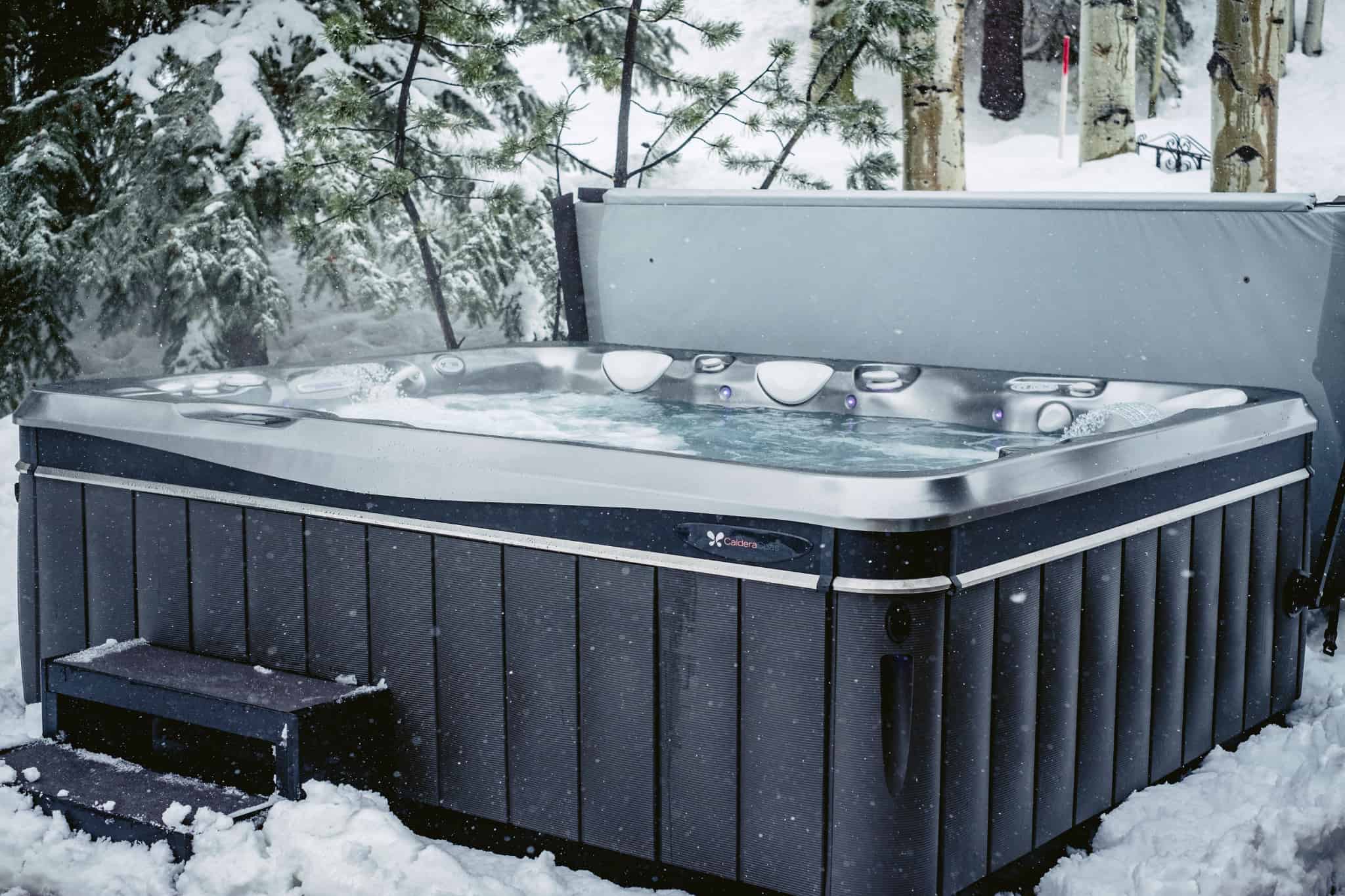
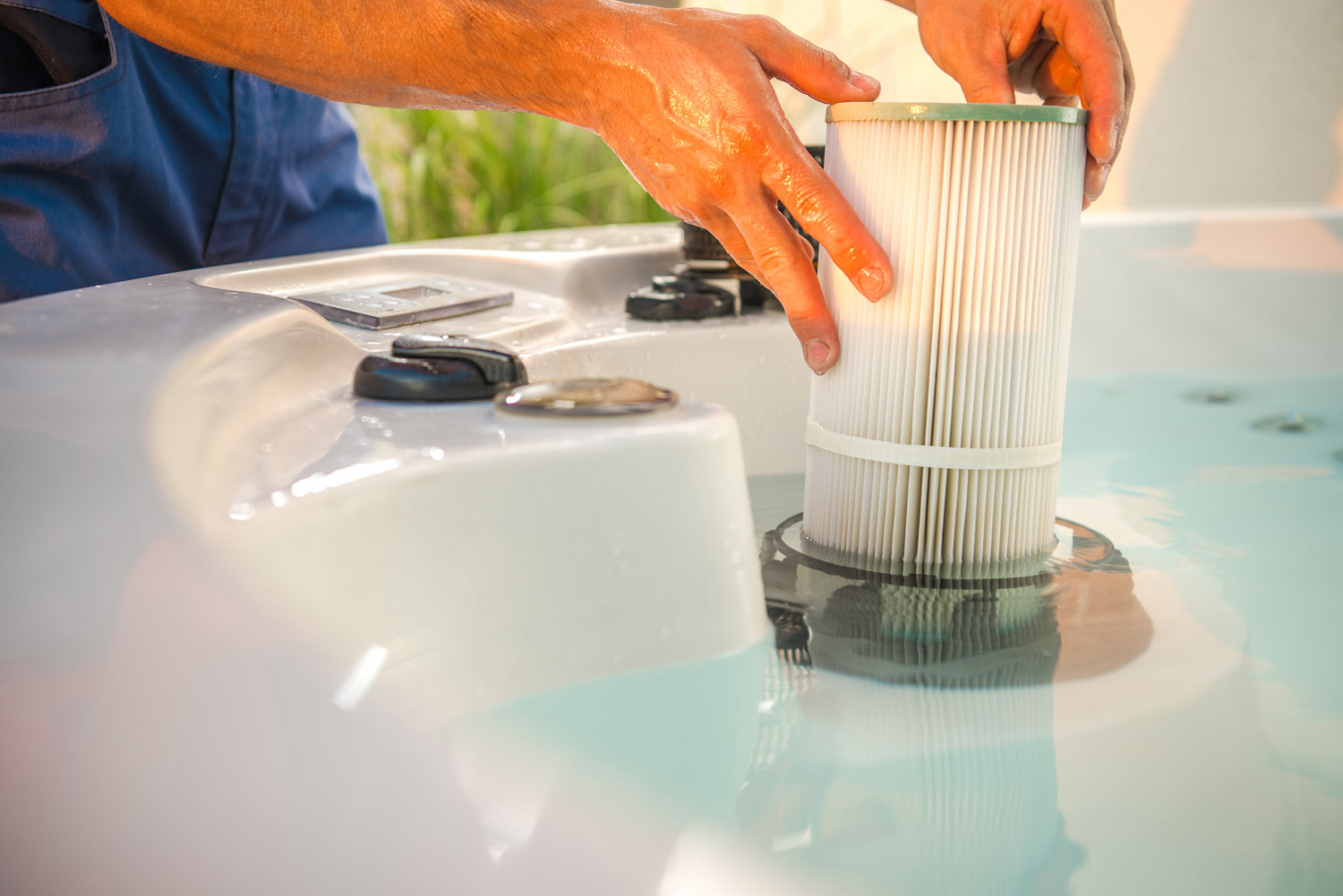
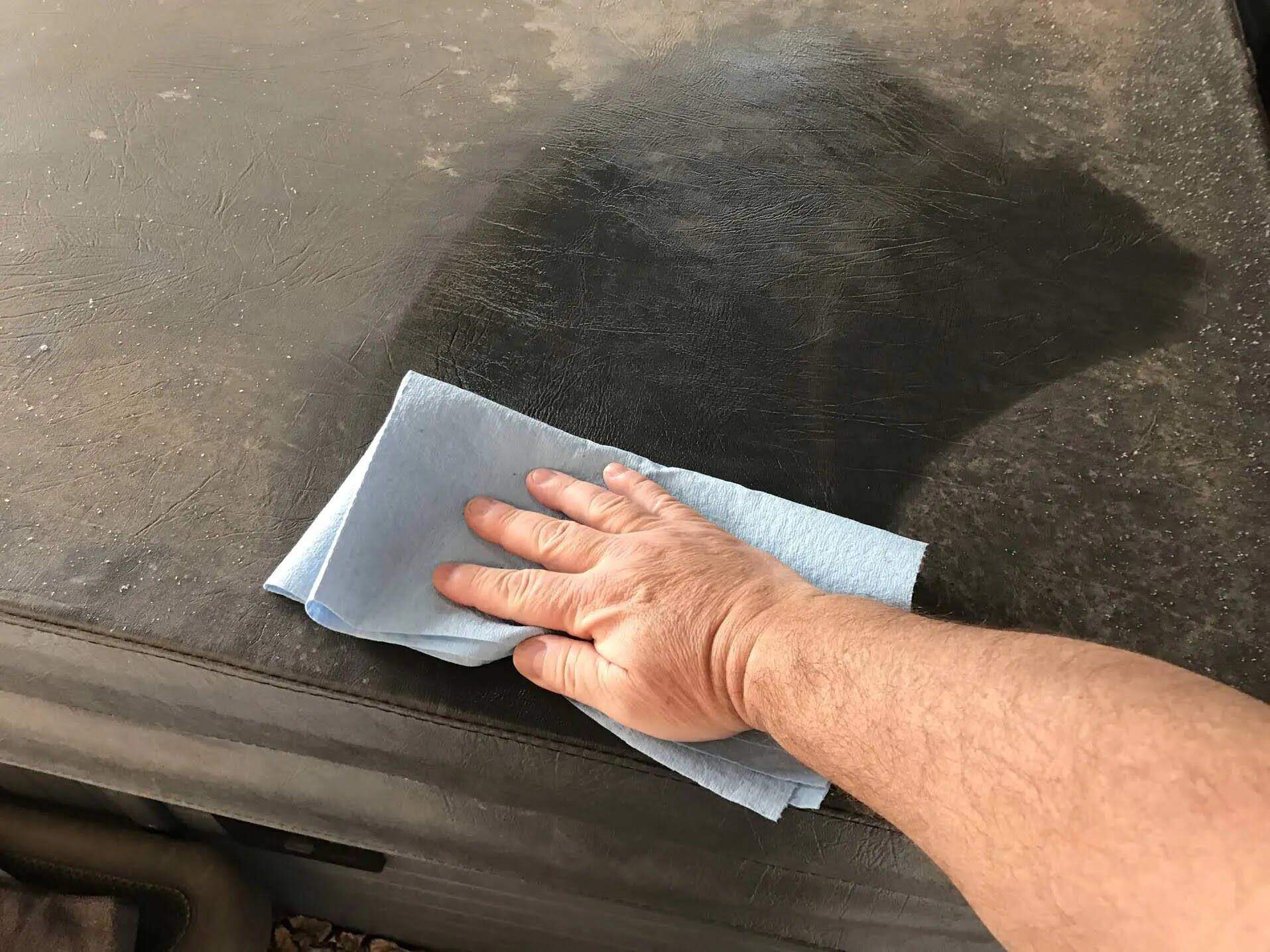
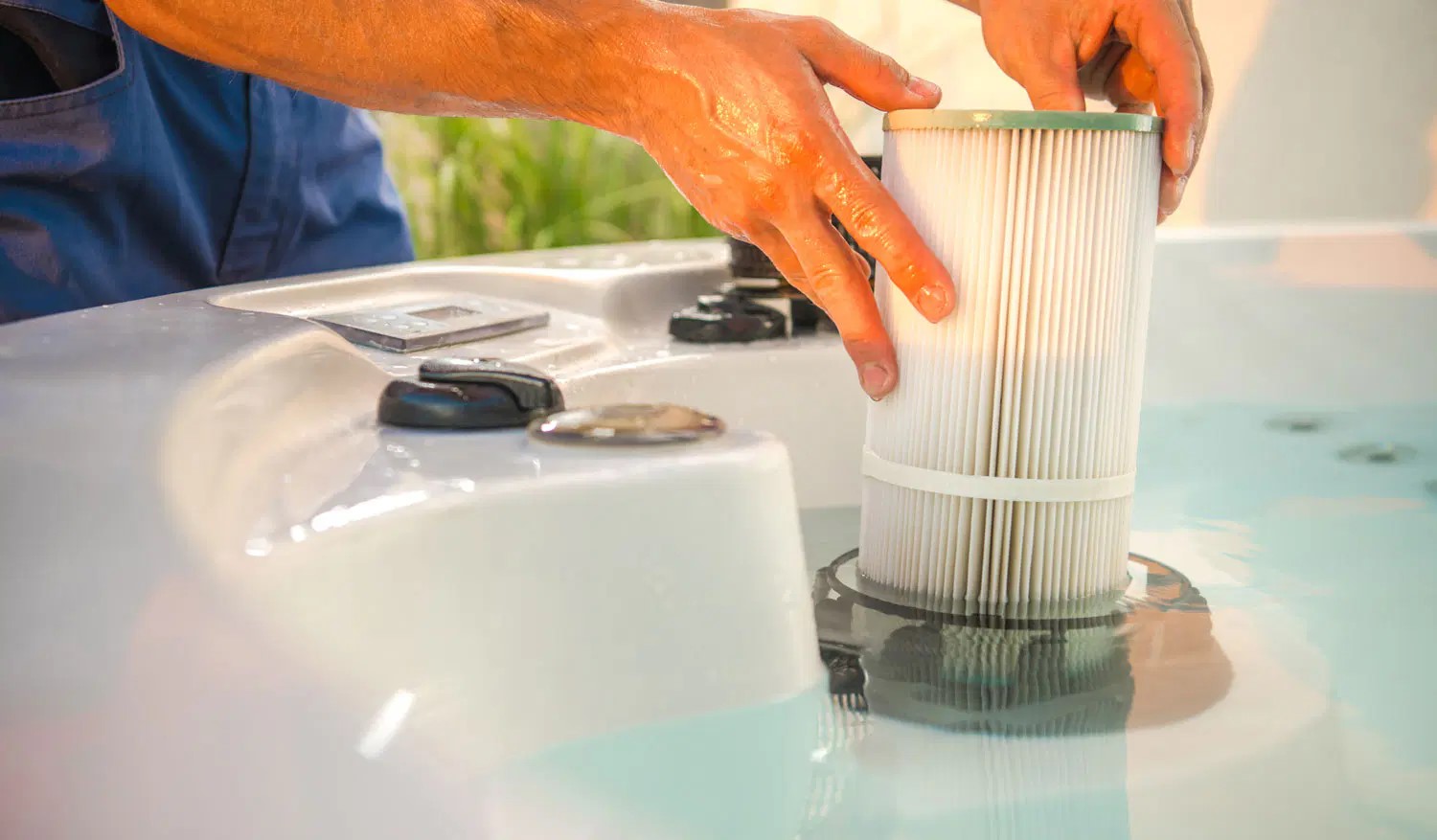
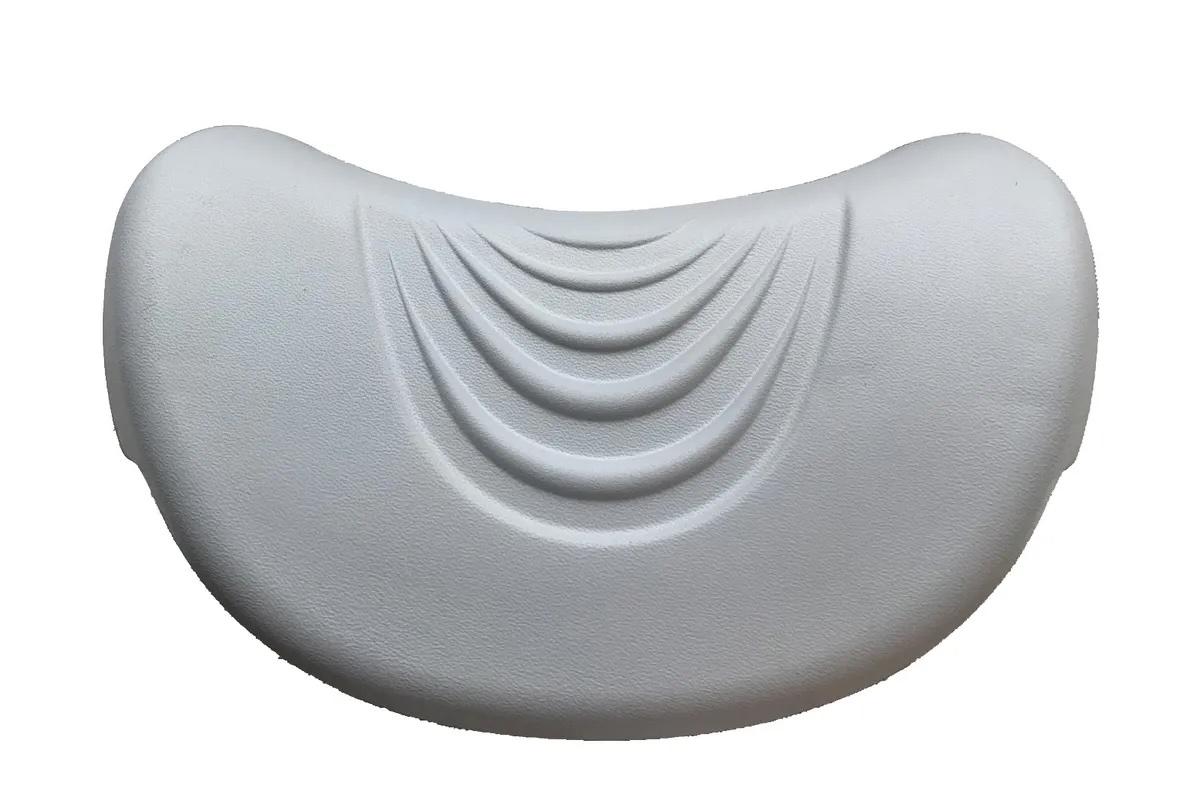
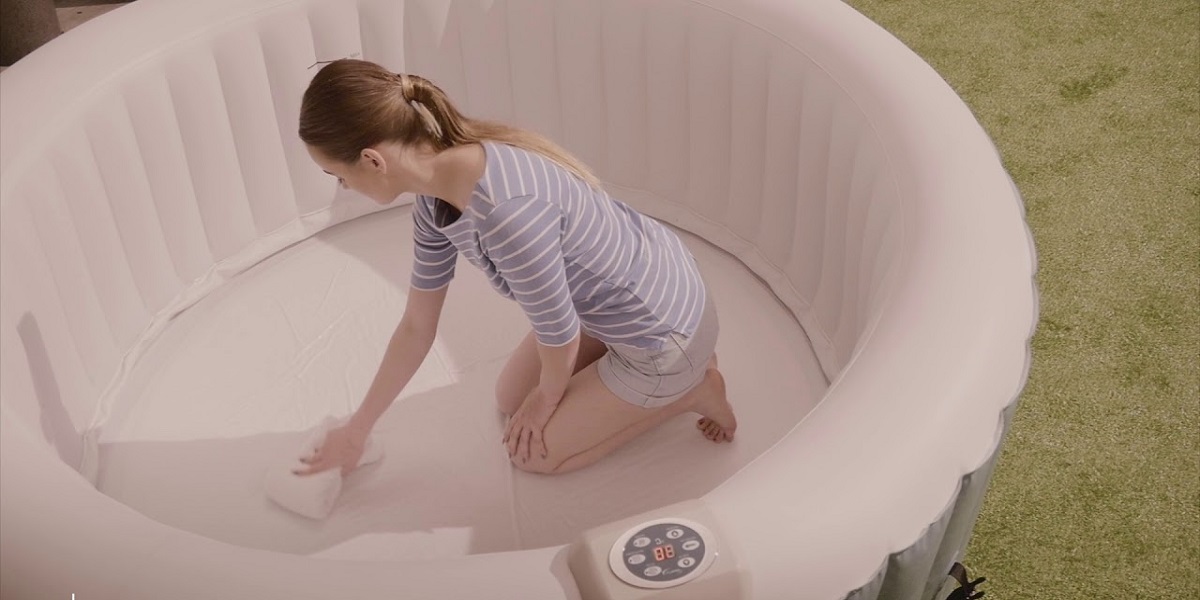
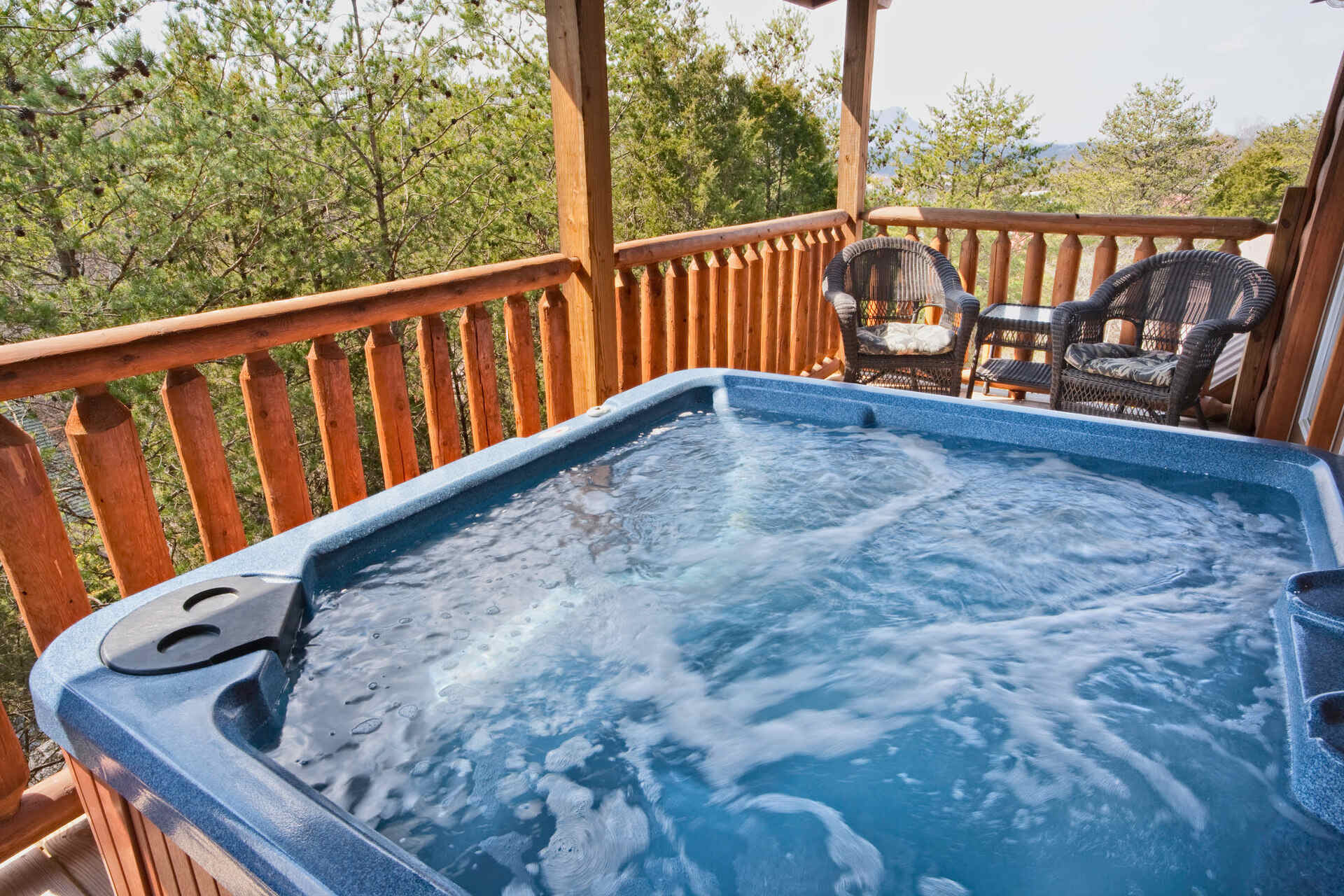
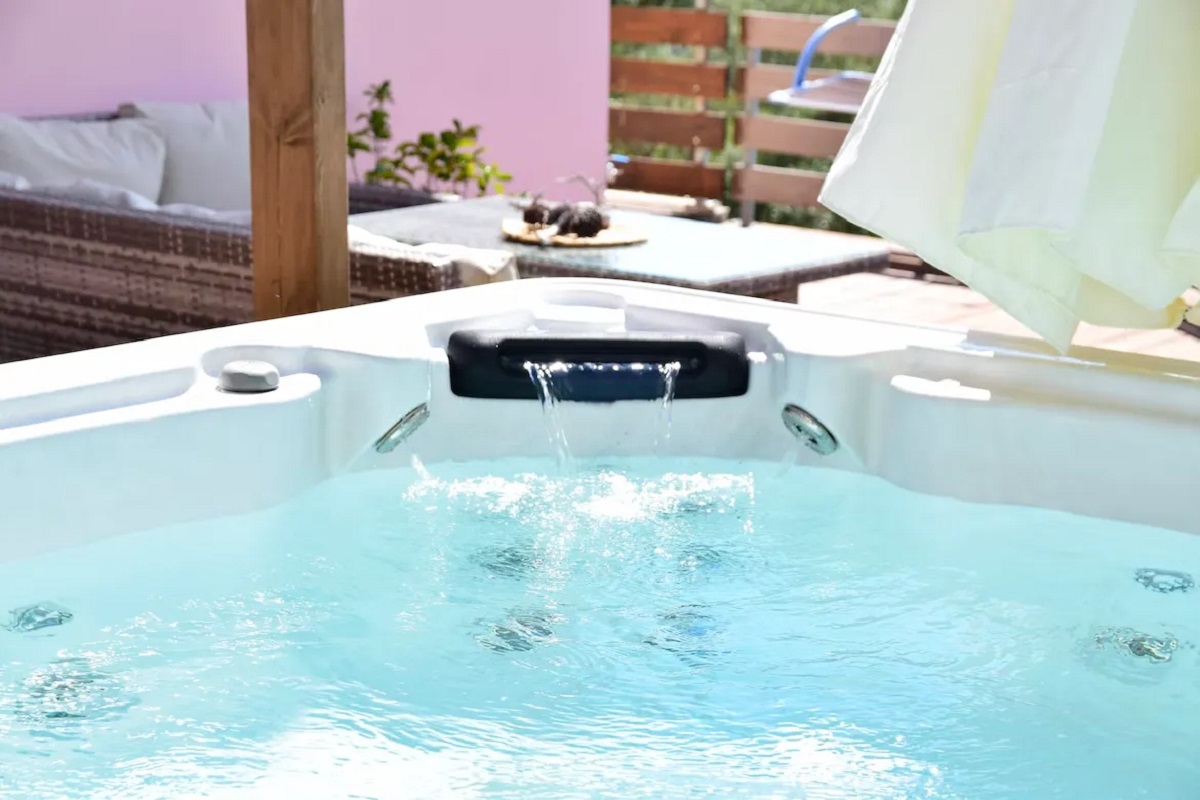
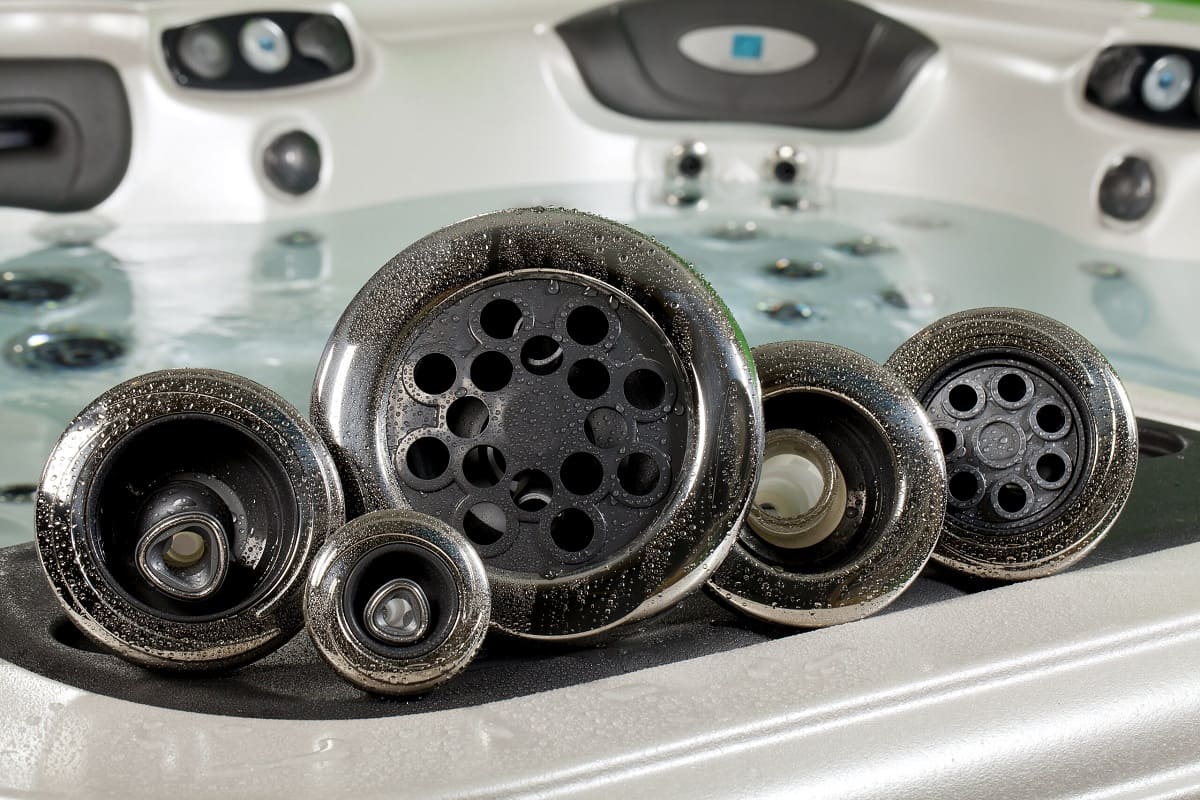
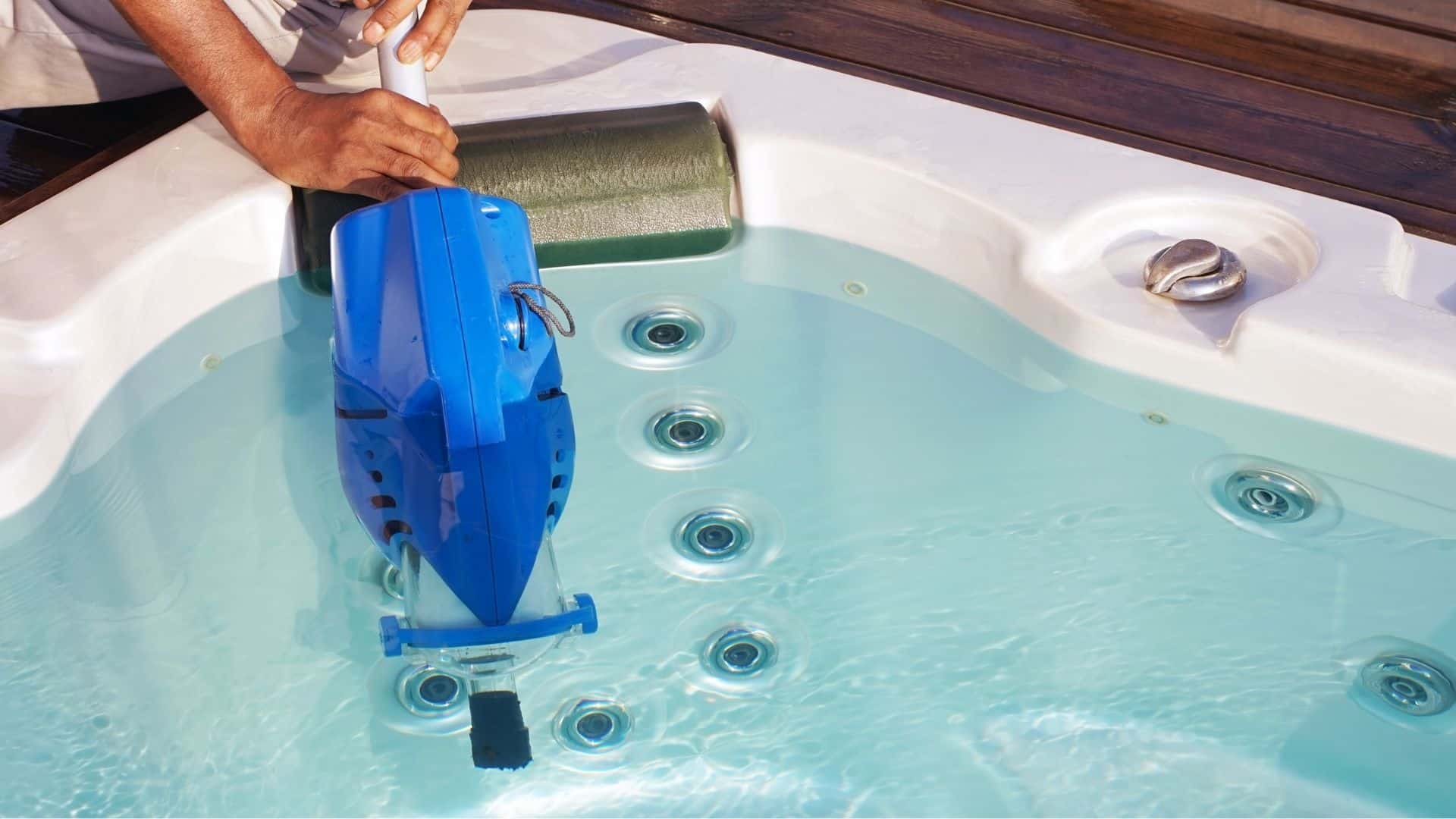
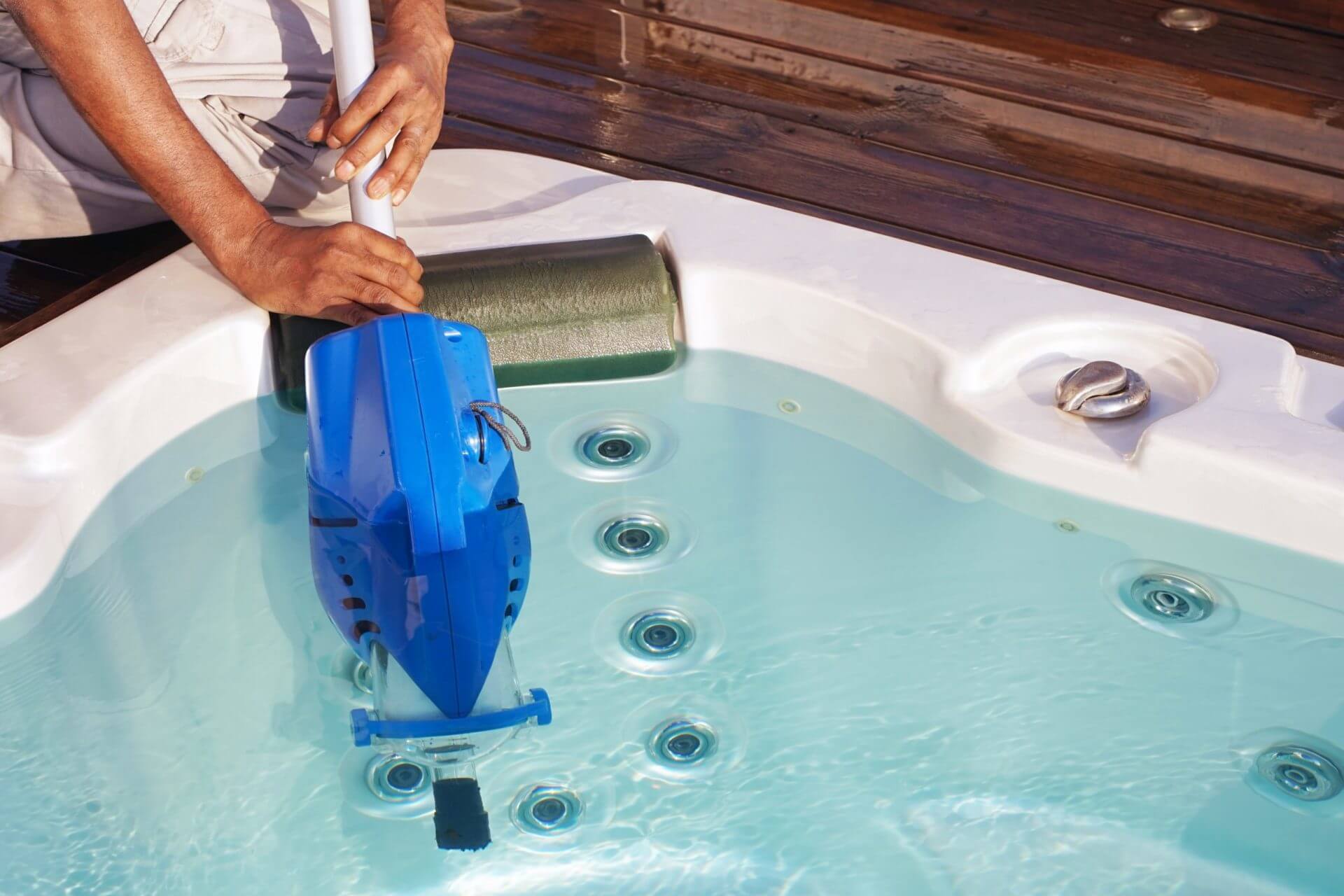
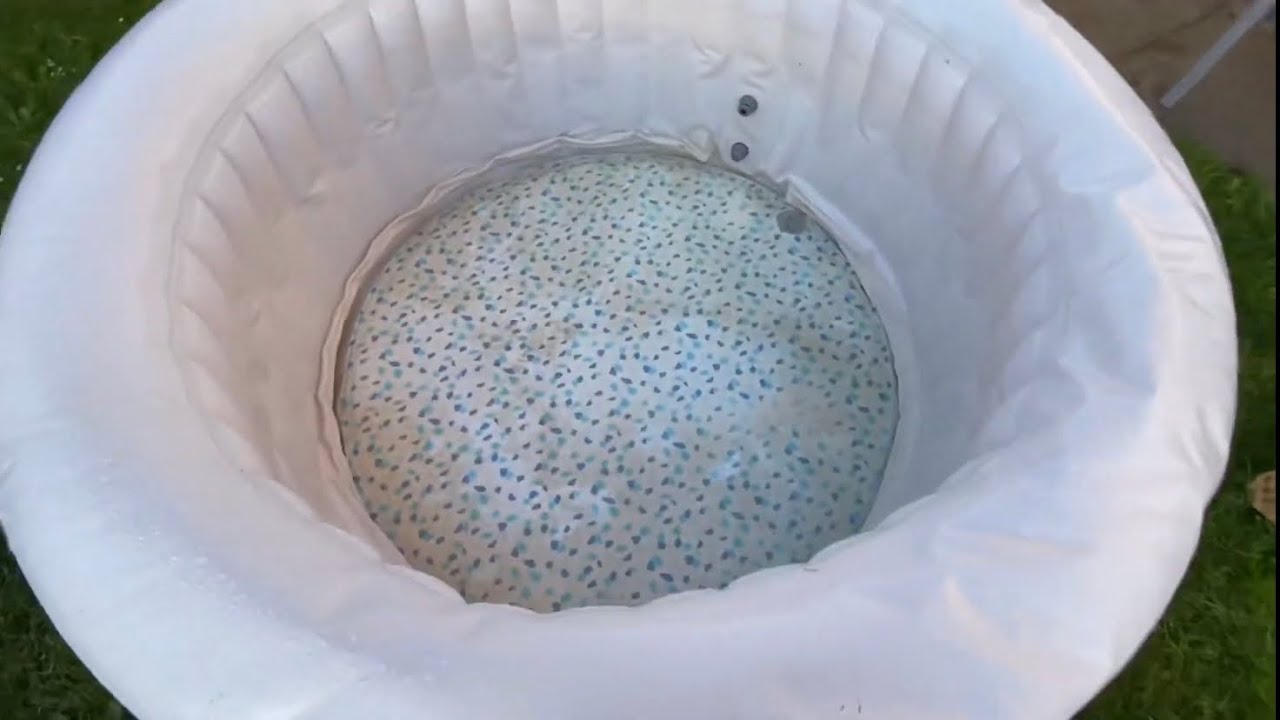
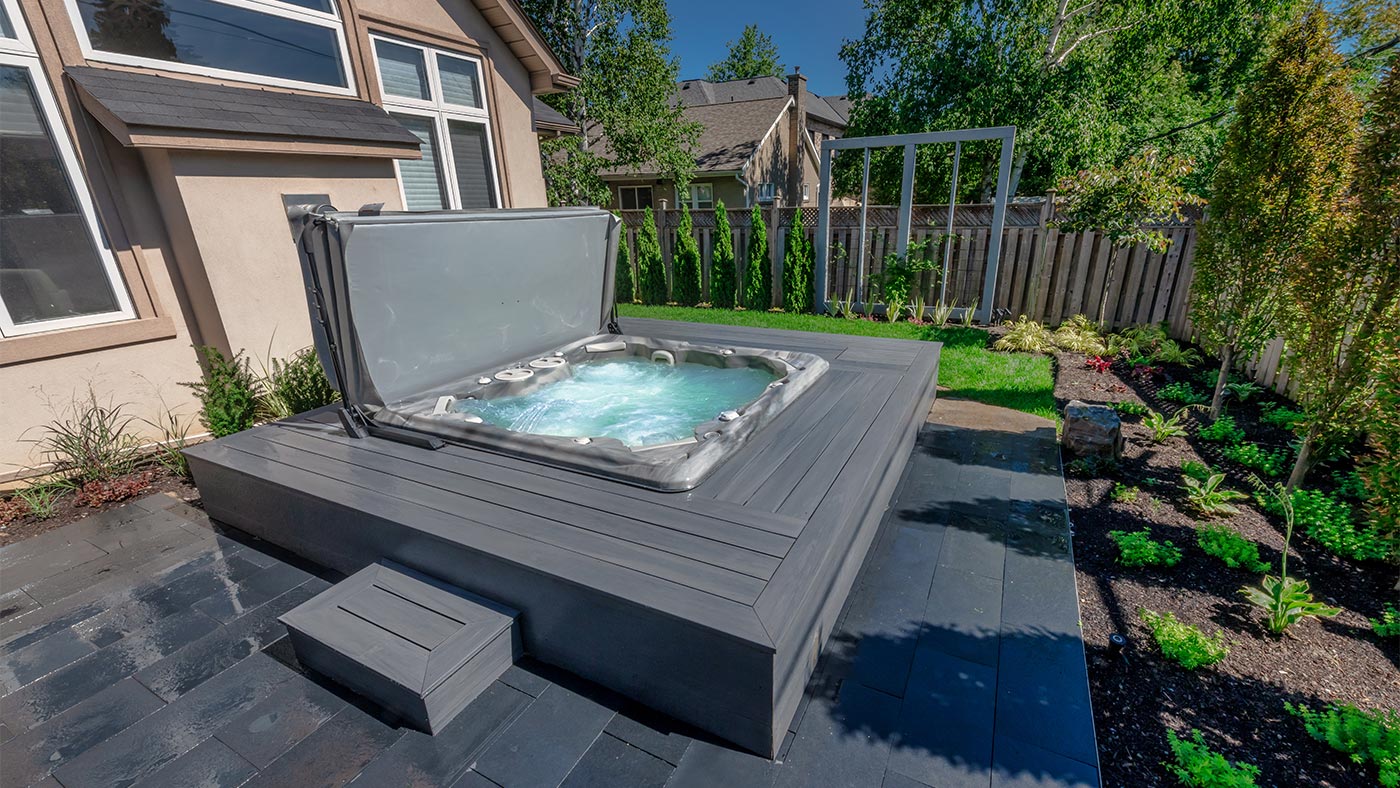
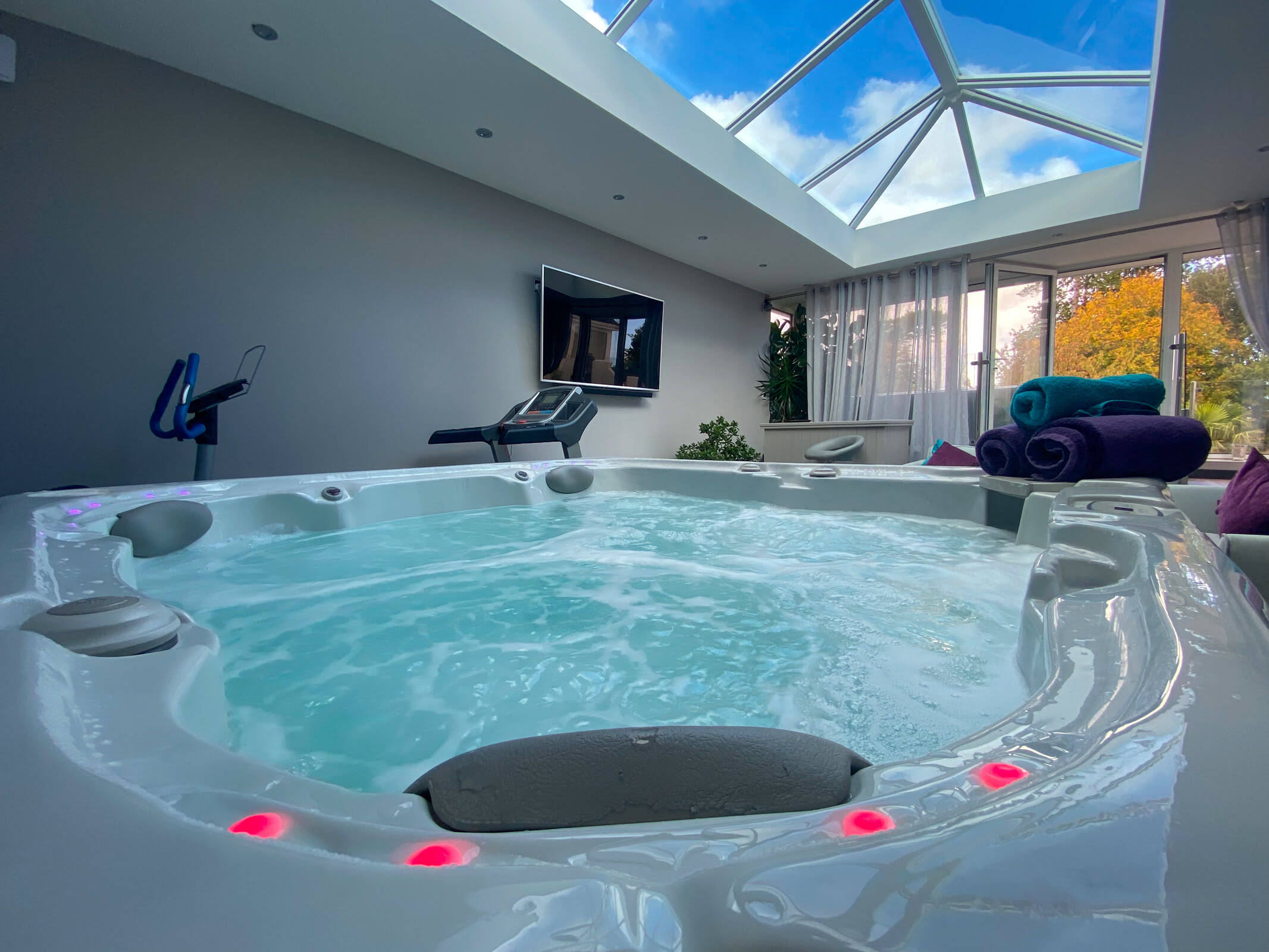

0 thoughts on “How To Keep A Hot Tub Clean”